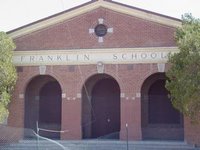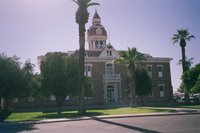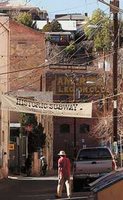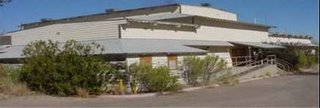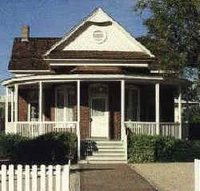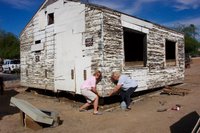 [Source: Erica Meltzer, Arizona Daily Star] -- City and county officials have a new plan to ensure 320 acres of state trust land on Tumamoc Hill never becomes a housing development. The move comes just days after the Arizona Preservation Foundation named the Desert Laboratory one of the most endangered historic sites in the state. The plan will require the cooperation of state land officials. Tucson City Councilman Jose Ibarra and Pima County Supervisor Richard Elias, whose ward and district include Tumamoc Hill, have asked the state to reduce the zoning on the site to prevent it from being developed and to reduce its market value. In exchange, the city and the county would allow more intensive land use on other state trust land.
[Source: Erica Meltzer, Arizona Daily Star] -- City and county officials have a new plan to ensure 320 acres of state trust land on Tumamoc Hill never becomes a housing development. The move comes just days after the Arizona Preservation Foundation named the Desert Laboratory one of the most endangered historic sites in the state. The plan will require the cooperation of state land officials. Tucson City Councilman Jose Ibarra and Pima County Supervisor Richard Elias, whose ward and district include Tumamoc Hill, have asked the state to reduce the zoning on the site to prevent it from being developed and to reduce its market value. In exchange, the city and the county would allow more intensive land use on other state trust land.The hill west of Downtown is part of the University of Arizona's century-old desert plant research center, but the land could be sold for development to raise money for public schools. "If you put a high-intensity housing development next door, it would endanger the long-term integrity of the Desert Laboratory," said Julio Betancourt, the laboratory's director. "If they could down-zone it to make it less palatable to developers, that would be a good thing."
Its current zoning would allow one house per acre to be built on the flatter lands on the west side of the hill. The zoning could be changed to either institutional reserve or open space, Ibarra said. "By taking this action, it gets us extremely close to protecting a vital research park and open space," he said.
[Note: To read the full article, click here. Photo source: Linda Mayro.]

